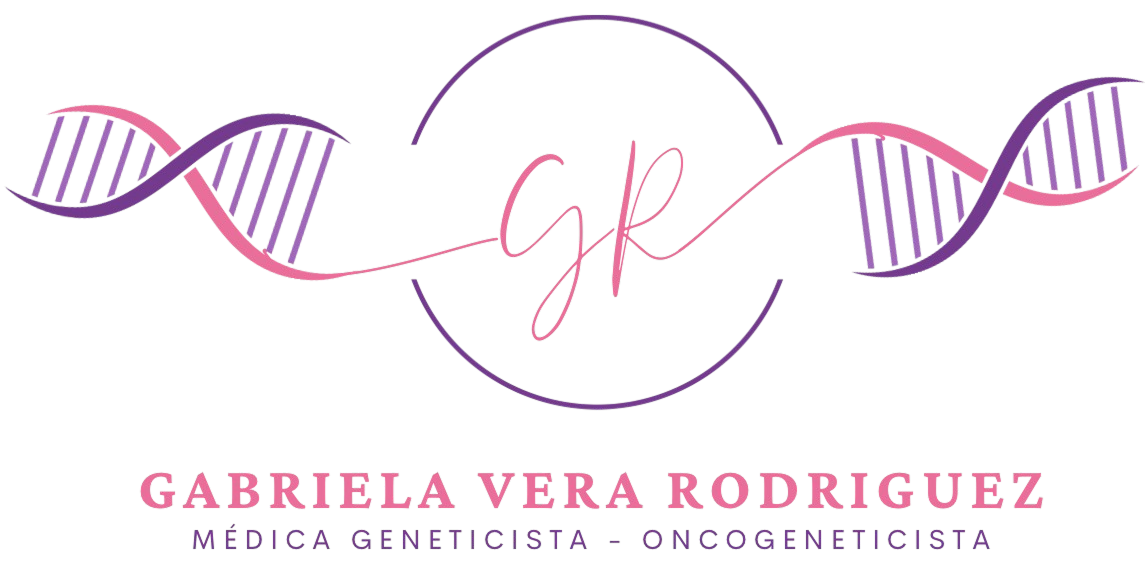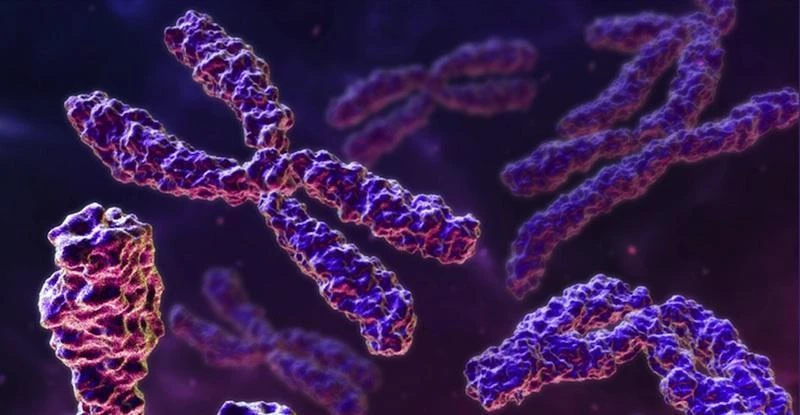For families navigating the uncertain waters of rare diseases, a diagnosis can be a beacon of hope—the first step towards understanding, management, and potential treatment. Acid Sphingomyelinase Deficiency (ASMD), also known as Niemann-Pick disease types A, A/B, and B, is one such rare genetic condition. Affecting approximately 0.5 per 100,000 births, its elusive nature often leads to long diagnostic journeys, leaving patients and families in limbo.
But what if we could shorten that journey? A dedicated Medical Genetics Service in São Paulo, Brazil, has taken a significant step in that direction, developing a refined protocol to identify and diagnose ASMD more effectively. Their recent study showcases a powerful approach to uncovering this often-hidden condition.
The Challenge: Why is ASMD So Hard to Pinpoint?
ASMD results from variants in the sphingomyelin phosphodiesterase 1 (SMPD1) gene. This leads to a deficiency in an enzyme called acid sphingomyelinase, causing a harmful buildup of a fatty substance called sphingomyelin within cells.
The symptoms can be incredibly varied, including:
- Enlarged liver and spleen (hepatosplenomegaly)
- Hematological issues like low platelet counts (thrombocytopenia)
- Altered lipid profiles
- In more severe forms, lung and neurological problems
Because these symptoms can overlap with many more common conditions, ASMD often gets overlooked. Healthcare providers may not immediately consider such a rare disorder, leading to delays that can span years and involve numerous specialist consultations.
A São Paulo Breakthrough: Digging Deep for Diagnoses
Recognizing this challenge, researchers at the University of São Paulo embarked on a mission to refine their diagnostic process. Their method, detailed in a recent publication in Genes, Chromosomes and Cancer, involved a meticulous, systematic review.
Here’s how they did it:
- Deep Data Dive: The team reviewed their extensive database, analyzing a staggering 13,000 family records spanning the last 20 years.
- Targeted Clues: They cross-referenced this data, looking for specific suggestive findings of ASMD. This included:
- Bone marrow aspirate findings with “sea-blue histiocytes” (a particular type of cell laden with lipids).
- Cases of hepatosplenomegaly.
- Hematological abnormalities like thrombocytopenia.
- Lipid profile alterations.
- Bringing Patients In: This rigorous review identified 23 patients with clinical signs potentially related to ASMD. These individuals were then scheduled for further evaluation.
- Confirmation: Comprehensive clinical assessments were conducted for 11 of these patients. Through this targeted approach, the team successfully confirmed ASMD in 3 patients: a 52-year-old female, a 16-year-old female, and her 19-year-old brother.
These confirmed patients are now receiving ongoing clinical follow-up, crucial genetic counseling, and are being considered for enzyme replacement therapy—a testament to the power of a definitive diagnosis.
Why This Protocol is a Game-Changer
This study isn’t just about three diagnoses; it’s about a replicable system that can improve lives. By systematically leveraging two decades of historical data and applying targeted clinical evaluations, the São Paulo team has created a more effective pathway to identify ASMD.
The success highlights:
- The untapped potential within existing medical records.
- The importance of recognizing subtle patterns and specific markers (like sea-blue histiocytes).
- The critical role of interdisciplinary collaboration in tackling rare diseases.
The Journey Ahead
While this protocol marks a significant advancement, the researchers acknowledge there’s more to do. Continuous awareness and education about ASMD among healthcare professionals remain crucial to minimize diagnostic delays. They also suggest that expanding the protocol to include broader genetic testing and further research into the disease’s natural history could enhance diagnostic accuracy and treatment outcomes even further.
The São Paulo initiative is a powerful example of how dedication, systematic review, and targeted clinical expertise can make a profound difference in the world of rare diseases. It’s a story of hope, not just for those with ASMD in Brazil, but for rare disease communities everywhere, underscoring the message that even the rarest conditions can be brought out of the shadows.


